Whether you’re looking to create a feature zone for dining or entertaining, complete a poolside area or build a garden path, pavers are a clever and effective way to make the best use of any space, and they’re a lot easier to lay than many people think. Time-poor homeowners are looking for practical ways to bring the family together while showcasing their individuality and personal style and DIY pavers fit this bill perfectly.
Here, are my step-by-step instructions for tackling any paving job.
1. Excavation
Mark out the area to be paved allowing a little extra for working room. Remove any soil, grass and all loose debris and vegetation and ensure to excavate deep enough to allow for selected paving and sub base construction. For pedestrian paving projects, you can work off 100mm of road base, 30mm of sand plus the thickness of your paver. (This is not applicable for driveway paving).
It’s all about the base! Getting the foundation right is the key to your long-lasting and low maintenance paved area. Start by distributing road base evenly over the excavated area. Compact the road base with a plate compactor (whacker-packer) at least twice – remember your hearing protection for this part of the job. Spread washed sand over the compacted road base to a thickness of 25-to-30mm. Screed the sand with a timber float or straight edge and ensure it is on the same plane – check with a spirit level.
Set up a string line running along the edge(s) of your paved area. The string line will help ensure your edges are straight and pavers are flush. Begin laying pavers starting at one end of the project and working your way across. Leave a 3mm gap between the pavers for the jointing sand (you will sweep this in later). Ensure each paver is square with the string line and level using the spirit level. Wriggle pavers into place and tap with rubber mallet where required to ensure level.
4. Edging and locking in the paving
This is another really key step; you have laid your pavers and now you need to make sure they stay in place. Utilise a sand and cement mix to ‘haunch’ or lock-in around all sides of your pavers. This is achieved by making a small sand and cement mix in a wheelbarrow and then screeding this mix along the edge of your paver from the base to approximately 75 per cent of the paver’s height on an angle. This helps to ‘lock in’ the paved area and to help pavers stay in place. It does not hurt to also use a little of the sand and cement underneath the outer header course, as this will create even more strength.
Finally you can now add the locking sand. Sweep this sand in dry and it will fill the 3mm gaps you left in the pavers. Once the sand is settled you can use a whacker-packer with an old piece of carpet beneath it to compress and settle the pavers into the sand bed ensuring a great finish. Hose down area upon completion. Although not a must, sealers can enhance the look of the paver as well as protect it from both the elements and day-to-day wear and tear such as food fats and general staining.
— Jason Hodges is Australia’s well-loved celebrity landscaper, most notably seen on the Channel Seven lifestyle TV show Better Homes and Gardens. Jason is also a brand ambassador for Australia’s leading masonry manufacturer Adbri Masonry.
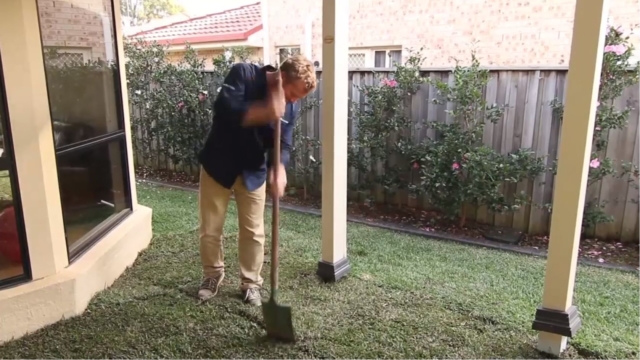
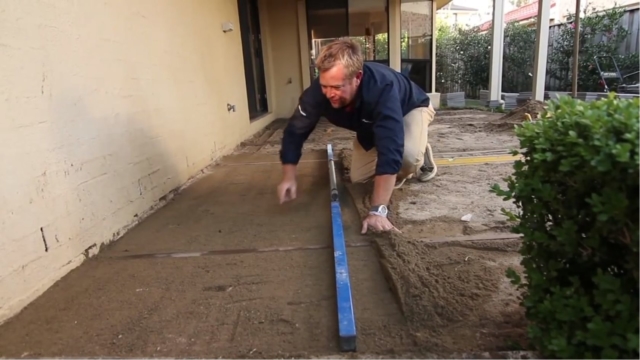
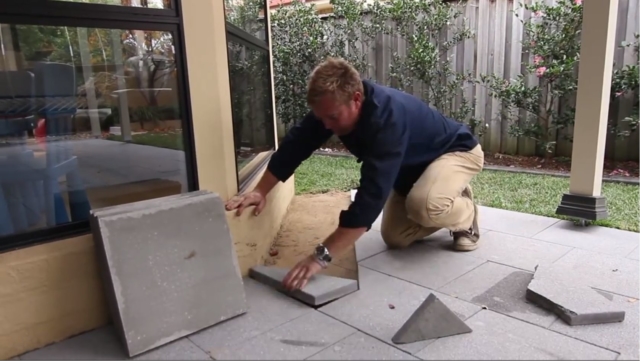
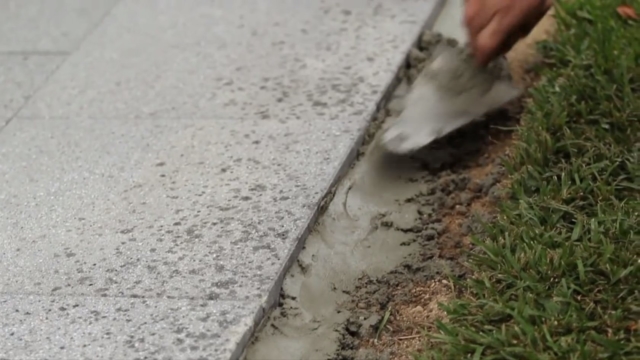
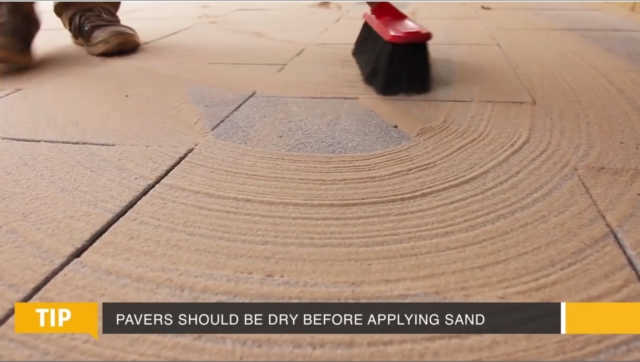


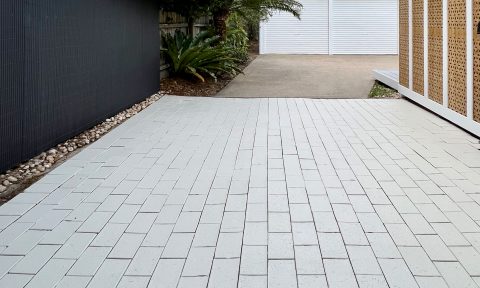

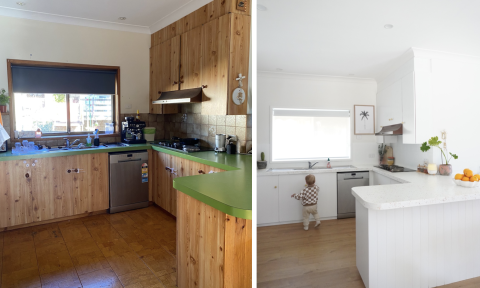





Comments
I have done all the above but when I hose down the pavers the sand washes out of the joints? Would a sealer stop this.